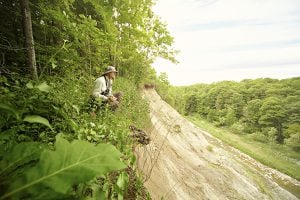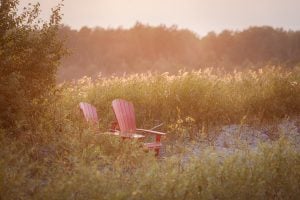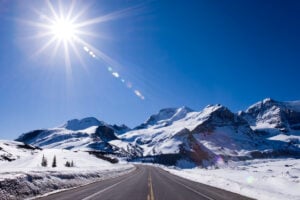Visiting bison
Called “prairie cows” or, to the Anishinaabe, mashkode bizhiki, plains bison were first reintroduced to the Riding Mountain ecosystem in 1931 (compare that to the more famous Banff bison, which were only reintroduced in that part of the Rockies in 2017). Living safely inside the Lake Audy Bison Enclosure, about 40 of the large animals keep trees in check, ensuring the region’s grassland and grassland-woodland habitats don’t grow over. Drive to the range on your own or sign up for a guided tour with an Anishinaabe interpreter from the park, who can speak to the historical and cultural importance of the bison.










